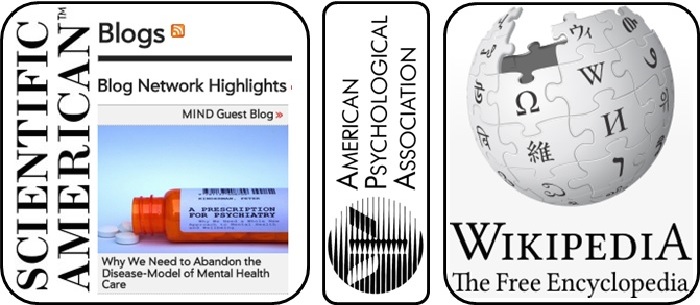
What does it mean to be "published"? Who are the peers involved in peer review? Is a blog post on a scholarly scientific journal article an example of peer review? What about a Wikipedia article? Can I edit Wikipedia? How do these forms of communications differ from "scholarly scientific" communications?
Students in Psyc101: Introduction to Psychology now regularly discuss these and other questions related to the scientific communications landscape of the 21st century through collaborative small group reflections and large group share-outs. They explore the scientific communications ecosystem by considering the role of information gate-keeping (and the gate-keepers) behind three types of sources: scholarly (a journal article), crowd-sourced (a Wikipedia article), and social media (a blog post).
By engaging with and critically evaluating these sources as types, students gain an appreciation for how various writings on science--in this case psychology--came to be, and how they can use them in their academic and extracurricular pursuits. Perhaps most exciting, though, is that this lesson empowers students to participate in these conversations about science in any number of online platforms, sparking an interest in sustained engagement in science communications in social and academic contexts in the future.
Faculty: various
LTS Staff: Sarah Barbrow
Keywords: scholarly communications, science communications, social media, Wikipedia, blogs
